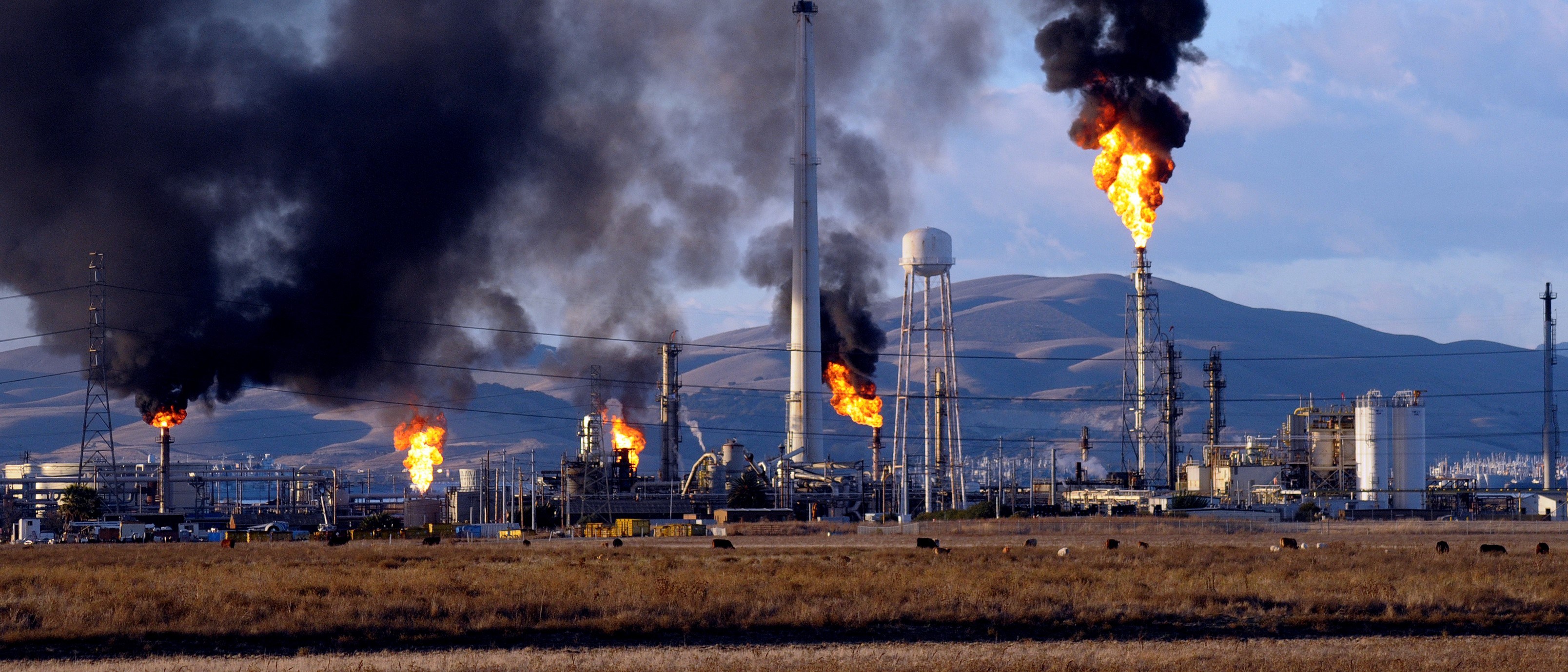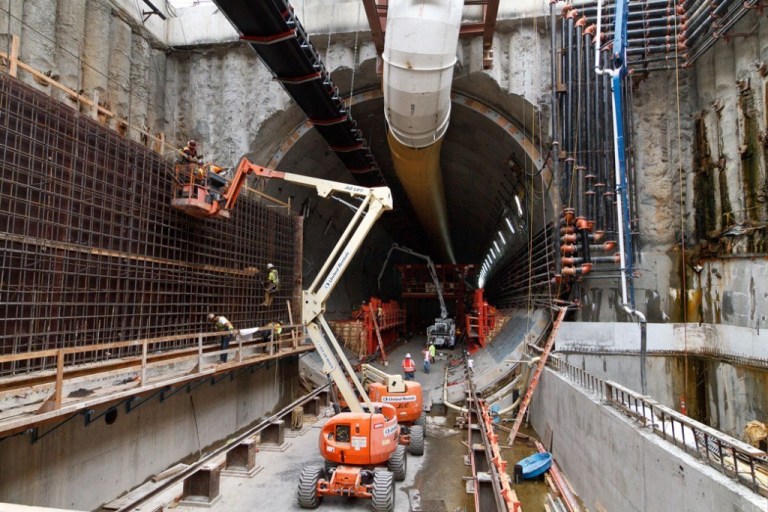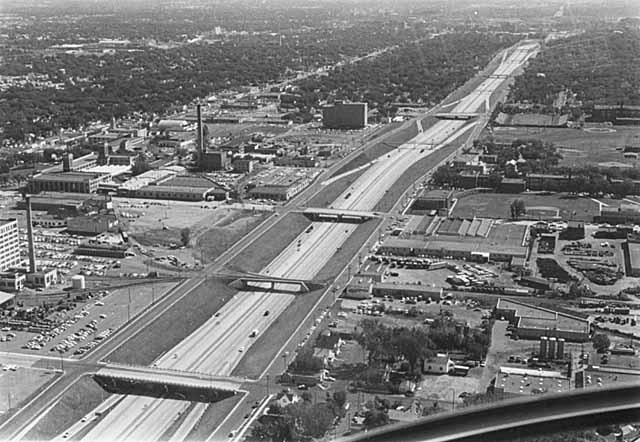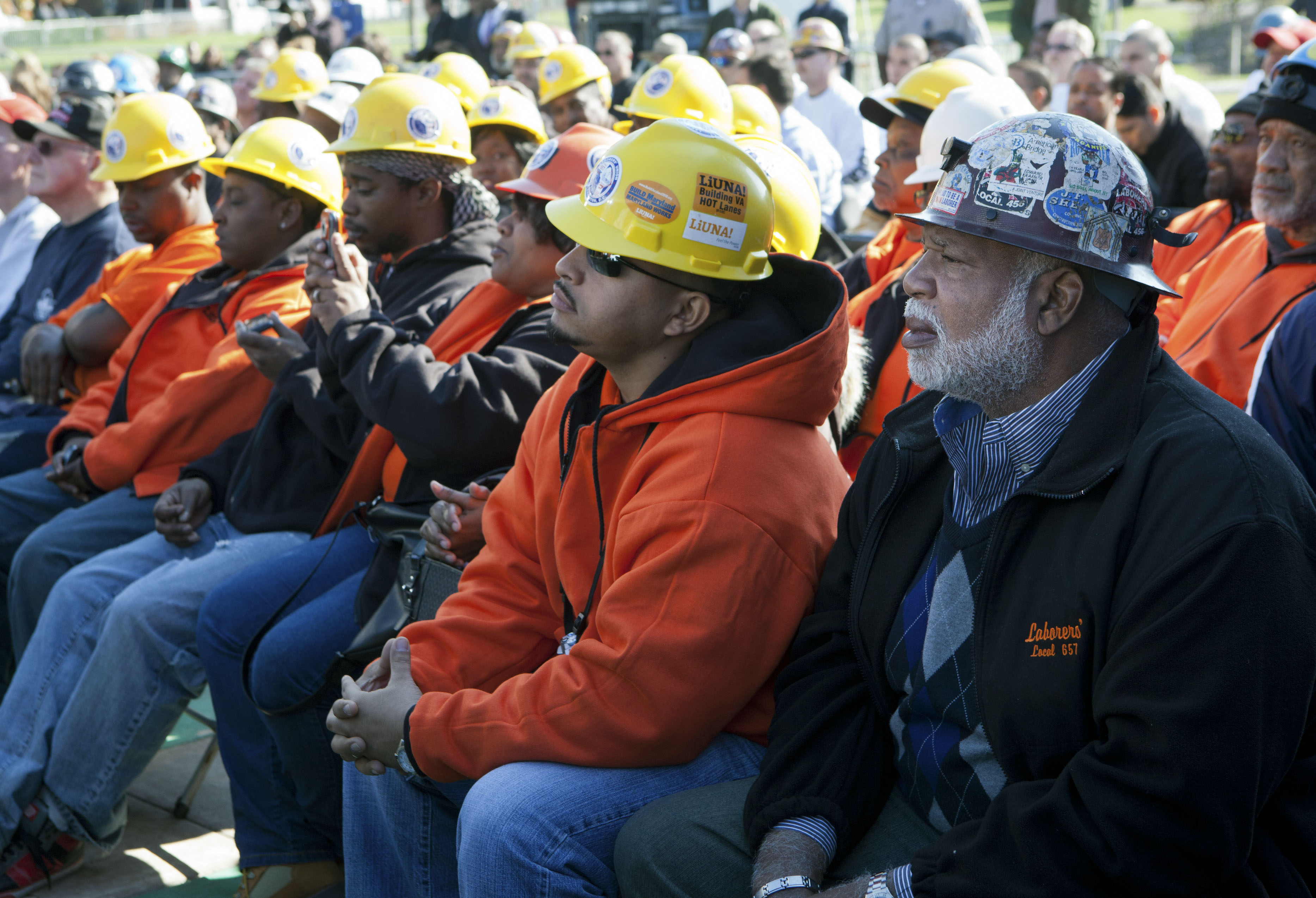
When the federal government wants to put a toxic waste incinerator in your neighborhood, run a dangerous pipeline past your child’s school, or put a massive, costly freeway on top of a wetland, a federal law gives you the right to find out and fight back.
That law is the National Environmental Policy Act. And now, it’s under attack from from the Trump administration.
In January, the White House Council Environmental Quality (CEQ) released a draft rule severely rolling back the implementing procedures for NEPA. Adding insult to injury, CEQ is only offering an extremely short comment period of 60-days and 2 public hearings located in Washington, DC and Denver, CO, despite the fact that NEPA is one of the most broadly applicable laws in the entire federal government and applies to every “major federal action” the government takes.
Rolling back NEPA’s implementing procedures is not about “modernizing” environmental permitting, it’s a thinly veiled attempt to make it easier to rubberstamp projects for corporate polluters, entrench the Trump administration’s denial of climate science and severely restrict public input in federal decision-making.
NEPA is a simple law with a major impact designed to inform and engage the community it serves.
At its most basic level, NEPA requires government agencies to engage in a review process to identify and disclose any significant environmental and public health impacts before a decision is made and construction begins.
In many cases, NEPA is the only law that provides local communities the ability to weigh in on federal projects impacting their health and safety.
Environmental reviews serve four basic principles:
Before a project is started, the federal government must ask impacted communities for their input and consider their perspectives. This critical pillar of NEPA draws on our democratic values to ensure federal projects are undertaken with the benefit of communities in mind.
When the federal government wants to build or fund a project like a highway, bridge, dam or prison, it must first disclose its plans to the public. NEPA guarantees that the public is informed of these plans because, after all, the public will have to live with the project’s consequences.
As the federal government prepares to fund and build a project, NEPA ensures that it evaluates and informs the public of essential information including:
NEPA ensures that citizens have the right to go to court to enforce environmental laws and hold the government accountable when it violates the law or refuses to listen to the concerns of local communities.

Everyone has the right to live and work in healthy communities where the air is safe to breathe and the water is safe to drink. NEPA protects the health and safety of local communities by ensuring they are aware and properly informed of possible threats to their health and environment.

Shortcutting environmental reviews doesn’t just affect the health of our local communities, it also costs taxpayers. NEPA is one of the few tools the public and federal government possess to assess whether proposed projects will have unexpected consequences and cost.
By giving the federal government an opportunity to gather all available information, consider project alternatives, and listen to local communities, NEPA ensures public dollars are spent wisely with public input and helps to deter fraud and abuse.

As sea levels continue to rise and extreme weather events become more frequent, we must insist that our roads, bridges, and other infrastructure are engineered to be more resilient to the increasingly severe effects of climate change.
Hurricanes Irma, Harvey, and Maria have taught us that a “build-first-ask-questions-later” approach is short-sighted, costly, and dangerous.

For low-income and minority communities, which are often disproportionately impacted by health problems associated with poorly planned federal projects, NEPA isn’t just an environmental protection statute. It’s a critical tool for civic engagement and social justice.
Environmental reviews don’t just protect US citizens – they protect everyone regardless of income, race, or religion.

NEPA helps to ensure that federal projects get built right, from the first brick laid to the last wage paid. Specifically, environmental reviews ensure workplace safety through the early identification of potential jobsite dangers like exposure to asbestos.